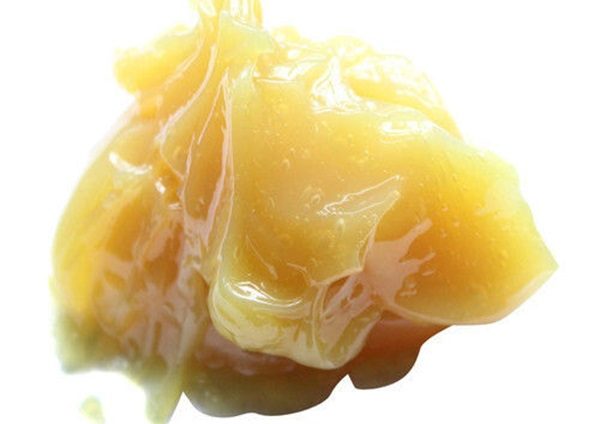
Residue Wax & Its Types, Applications & Advantages in Rubber Manufacturing Industry
Residue wax, often derived from the refining process of petroleum products, has found significant applications in various industries, including rubber manufacturing. This versatile material is known for its unique properties, making it an essential component in the production of rubber products.
This blog will delve into the details of residue wax, its characteristics, applications in the rubber manufacturing industry, and why Peak Universal Business is your ideal supplier for high-quality residue wax.
(Processing Aid, Mold Release Agent, Plasticizer, Anti-Tack Agent, Improving Surface Finish, Enhancing Durability)
What is Residue Wax?
Residue wax is a byproduct obtained during the refining of petroleum. It is the residual material left after the extraction of more valuable hydrocarbons like gasoline, diesel, and lubricating oils. Residue wax typically contains a mixture of paraffin and microcrystalline waxes, along with various hydrocarbons and impurities.
Characteristics of Residue Wax
1. High Melting Point
- Residue wax generally has a high melting point, making it suitable for high-temperature industrial processes.
2. Adhesive Properties
- It exhibits excellent adhesive properties, which are crucial in the bonding processes involved in rubber manufacturing.
3. Plasticity
- The plastic nature of residue wax allows it to blend well with other materials, enhancing the flexibility and durability of rubber products.
4. Moisture Resistance
- Residue wax provides effective moisture resistance, an essential characteristic for rubber products exposed to varying environmental conditions.
5. Chemical Stability
- It is chemically stable, ensuring that it does not react adversely with other components used in rubber manufacturing.
Types of Residue Wax
Residue wax can be classified based on its origin and refining process. The common types include:
1. Paraffin-Based Residue Wax
- Derived from the paraffin refining process, it is primarily composed of long-chain hydrocarbons.
2. Microcrystalline-Based Residue Wax
- Obtained from the refining of microcrystalline waxes, this type contains shorter-chain hydrocarbons and has a finer crystalline structure.
3. Mixed Residue Wax
- A blend of paraffin and microcrystalline waxes, offering combined properties for versatile industrial applications.
Applications of Residue Wax in the Rubber Manufacturing Industry
Residue wax plays a crucial role in the rubber manufacturing industry, enhancing the quality, performance, and durability of rubber products. Here are some of its primary applications:
1. Processing Aid
- Residue wax is used as a processing aid in rubber compounding. It helps in improving the mixing and dispersion of fillers and other additives within the rubber matrix.
2. Mold Release Agent
- It acts as an effective mold release agent, preventing rubber products from sticking to the molds during the curing process. This ensures smooth and defect-free surfaces.
3. Plasticizer
- Residue wax serves as a plasticizer, enhancing the flexibility and workability of rubber compounds. It reduces stiffness and improves the elongation properties of rubber products.
4. Anti-Tack Agent
- It is used as an anti-tack agent to prevent the surfaces of uncured rubber sheets from sticking together. This is crucial for handling and processing rubber materials.
5. Improving Surface Finish
- Residue wax improves the surface finish of rubber products, providing a glossy and smooth appearance. This is particularly important for aesthetic and functional purposes.
6. Enhancing Durability
- The incorporation of residue wax in rubber compounds enhances the durability and longevity of rubber products by providing resistance to moisture, oxidation, and UV radiation.
Advantages of Using Residue Wax in Rubber Manufacturing
1. Cost-Effectiveness
- Residue wax is a cost-effective additive compared to other specialty waxes and processing aids, making it an economical choice for rubber manufacturers.
2. Improved Processing
- The use of residue wax improves the processing efficiency of rubber compounds, reducing processing time and energy consumption.
3. Enhanced Product Quality
- Residue wax enhances the overall quality of rubber products by improving their physical properties, surface finish, and durability.
4. Versatility
- Its versatility allows it to be used in various types of rubber products, from tires and automotive components to industrial and consumer goods.
5. Environmental Benefits
- Utilizing residue wax, a byproduct of petroleum refining, contributes to waste minimization and promotes sustainable practices in the rubber manufacturing industry.
Disadvantages of Using Residue Wax in Rubber Manufacturing
1. Impurities
- Residue wax may contain impurities that can affect the quality and performance of rubber products if not adequately refined.
2. Consistency
- The consistency of residue wax can vary depending on its source and refining process, which may require additional quality control measures.
3. Limited Availability
- The availability of high-quality residue wax may be limited, depending on the refining capacity and processes of petroleum refineries.
Future Prospects of Residue Wax in Rubber Manufacturing
The future prospects of residue wax in the rubber manufacturing industry are promising, with ongoing research and development aimed at enhancing its properties and applications. Here are some potential future developments:
1. Improved Refining Techniques
- Advancements in refining techniques can lead to the production of higher-quality residue wax with fewer impurities and better performance characteristics.
2. Innovative Applications
- Exploring innovative applications of residue wax in emerging rubber products, such as eco-friendly and high-performance materials, can expand its market potential.
3. Sustainable Practices
- Emphasizing sustainable practices in the production and use of residue wax can align with global sustainability goals and promote its adoption in the rubber industry.
4. Customized Formulations
- Developing customized residue wax formulations tailored to specific rubber manufacturing processes and product requirements can enhance its effectiveness and versatility.
Why Choose Peak Universal Business as Your Residue Wax Supplier?
Peak Universal Business is a leading supplier of high-quality residue wax, offering a range of products tailored to meet the diverse needs of the rubber manufacturing industry. Here are some reasons to choose Peak Universal Business as your supplier:
1. High-Quality Products
- Peak Universal Business ensures that all its residue wax products meet the highest quality standards, providing reliable and consistent performance.
2. Extensive Industry Experience
- With years of experience in the industry, Peak Universal Business has the expertise and knowledge to meet the specific requirements of its clients.
3. Technical Support
- The company offers excellent technical support, assisting clients with product selection, technical advice, and after-sales service.
4. Sustainable Practices
- Peak Universal Business is committed to sustainable practices, ensuring that its products are environmentally friendly and comply with industry regulations.
Conclusion
Residue wax is an essential material in the rubber manufacturing industry, offering numerous benefits such as improved processing, enhanced product quality, and cost-effectiveness. Understanding the different types, applications, advantages, and disadvantages of residue wax is crucial for making informed decisions in the rubber manufacturing industry.
By choosing Peak Universal Business as your supplier, you can ensure the success of your rubber manufacturing processes with high-quality residue wax, backed by years of industry expertise and a commitment to quality and sustainability.
Uses and Applications of Residue Wax in Rubber Manufacturing Industry: Processing Aid, Mold Release Agent, Plasticizer, Anti-Tack Agent, Improving Surface Finish, Enhancing Durability
You can Read More about Peak Universal Business Products Here:
How is Viscosity Bitumen Manufactured ?
What is the Role of Rubber Process Oil?
Paraffin Wax in Rubber Industry Applications
Slack Wax for Rubber & Tire Industry
Slack Wax & Its Applications in Rubber Industry
If You have any other Query or Question you want to ask, Please don’t hesitate to Contact Us.
- 0 comment
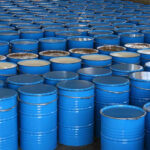
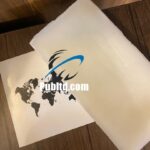
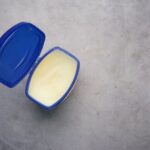
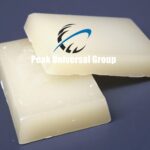
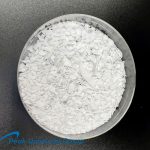
Leave a Reply